Features and technology of planting nectarine
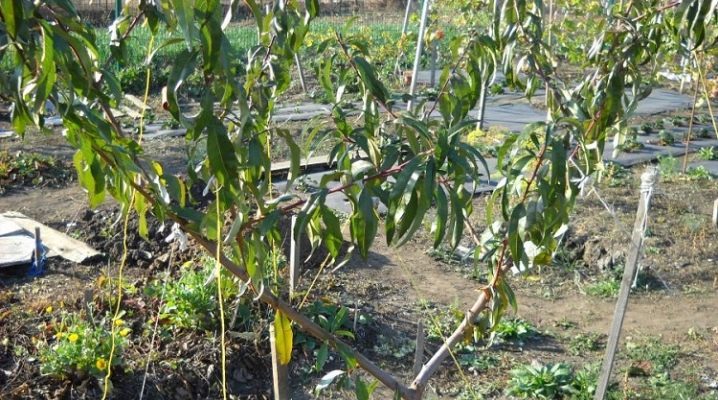
Nectarine is a delicious, juicy and attractive-looking fruit. Children and adults alike are happy to try this healthy delicacy, while receiving benefits and pleasure. Self-grown nectarines are most useful, since they are taken care of according to all the rules and canons.
To grow this tree, you need to know how to choose a seedling, where to plant it, when to carry out this procedure, and what will be the subsequent care.
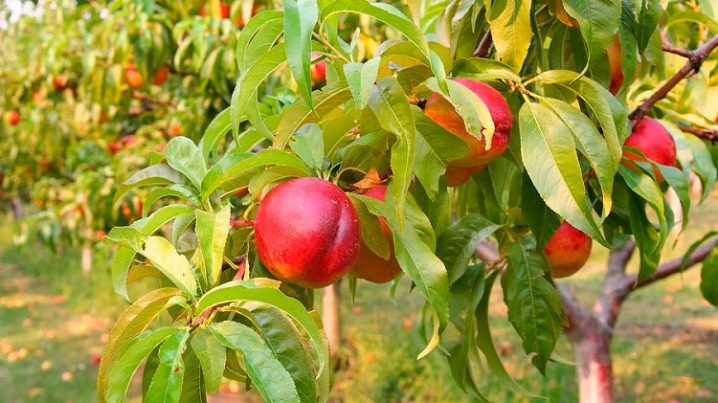
Timing of the procedure
Nectarine is a type of peach that has a smooth skin... Many people like the juicy and tasty fruit, it contains vitamins A and C, so in addition to pleasure, you can also get benefits. Nectarines are mainly grown in the Mediterranean countries, but with the help of new varieties, the geography of their distribution has increased significantly. Planting nectarine, like any other tree, can be carried out in autumn or spring. The season for this procedure is dictated by environmental conditions. For those regions where winter is early and frosty, planting trees in spring is recommended. In areas with mild winters, nectarine can be planted in the fall.
Modern varieties grow well in Ukraine, Belarus and Russia, subject to timely planting and proper follow-up care. In the northern regions, it is better to postpone planting until the spring so that the seedlings do not freeze in severe frosts. In the Moscow region and in central Russia, it is recommended to choose the spring nectarine planting date. In autumn, nectarine should be planted in September-October, when the conditions are most suitable for taking root in a new place and preparing for winter. Planting nectarine in the spring should be carried out from the moment the snow melted and a stable above-zero temperature was established, without night frosts. Depending on the region, the optimal period may be March-April, and in some cases the beginning of May.
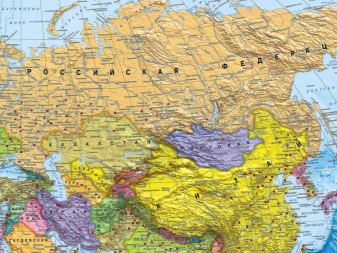

Where to plant?
In addition to the landing season, it is worth taking care of the place where the nectarine will be placed. This is a tree that loves warmth and sun, so you should not plant it in the shade or on the north side. The most favorable place for this tree is the southern side of the site. To ensure good illumination of the seedling, you need to plant other trees at a distance of 2-3 m. The proximity to other crops is also an important factor. In order for the seedling to grow well and bear fruit in the future with tasty and juicy fruits, it is better not to place it next to a peach, you cannot grow plum, walnut, sea buckthorn, sweet cherry and cherry nearby.
Tree compatibility plays a large role in obtaining the desired yield. If the site does not have a lot of free space, then the peach can coexist with nectarine, the main thing is that there is a sufficiently large distance between them. It is better not to place the seedling near buildings, as they will give shade for a certain period, and the nectarine grows poorly if it stays without the sun for more than 2 hours a day.
The soil is also an important factor. Sandy loam and loamy soils are favorable for nectarine. The culture does not develop well on clayey soils and those where groundwater is located close to the surface.
It will not be possible to achieve good development of nectarine in the area where melons and nightshades, alfalfa, clover and strawberries grew before - the soil after these crops is full of all kinds of diseases and microorganisms that are detrimental to the seedling.

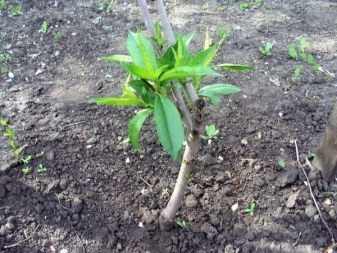
Preparation
To plant nectarine on the site, it is important to take care of choosing a good variety of this culture, and find a suitable place for the tree. The presence of light is an important component for nectarine, so the presence of tall trees nearby, fences or buildings should be excluded. Another important factor is the soil, it must be fertile, not retain moisture and not have adjacent groundwater. To understand if the selected area is suitable for planting nectarine, you can assess the condition of the nearby growing trees. If the garden is actively bearing fruit, the crown of the plants is dense, there are no signs of disease, then the soil is safe for a new planting.
In the process of preparing a place for nectarine, it is recommended to dig a hole of 70x70 cm. The soil dug out of the hole is half mixed with rotted compost or humus. Regardless of whether the planting will take place in spring or autumn, the pit preparation process is carried out in the fall.

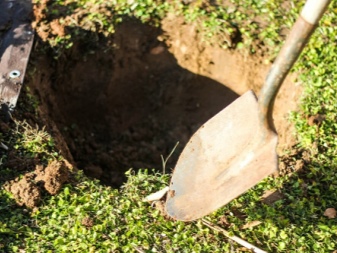
Sapling selection
The nectarine fruit looks very attractive, and the pleasant taste characteristics make this fruit very popular. To plant this crop on your site, it is best to contact specialized nurseries, where professionals are engaged in breeding different varieties, they know the description and characteristics of each option. The main difference between the varieties will be the size of the ripe fruit, the period of its ripening and the winter hardiness of the seedling itself. By choosing the best option, you can get an actively fruiting nectarine tree in a few years.
When choosing seedlings, you should pay attention to the following nuances:
- the barrel must be clean, without mechanical damage;
- there should be no dry areas on the roots;
- the seedling should not show any signs of any disease.
To ensure the fastest survival in a new place, it is recommended to buy one- or two-year-old nectarine, older trees take root less well.

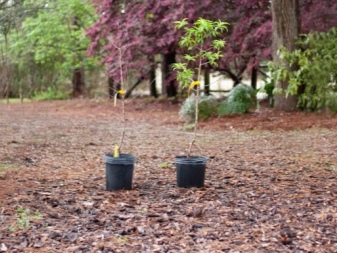
Landing pit
Preparing a planting pit is one of the most important moments in the process of planting any tree. For nectarine, it is important to find an area on a hill or plain, on the south or southeast side. Any lowlands are categorically unsuitable for this tree, as they create shadow zones, which the culture does not like very much. The width of the pit should be within 70 cm, the depth also reaches 60-70 cm. In the process of digging out the earth, it is possible to assess its condition, looseness, the presence of black earth and the proximity of groundwater. Nectarine does not like places with high soil moisture, therefore, it is not necessary to plant it in a swampy area or in a lowland where water will accumulate.
If the soil is too dense, it is mixed with sand. To stimulate the growth of the seedling after planting, you need to add fertilizer to the planting pit. The most suitable would be humus, which is mixed with the excavated soil: 10 kg of humus will allow the young plant to feel comfortable in the first months after planting. When planting in spring, it is recommended to add superphosphate, which speeds up the processes in the plant, allowing the seedling to grow faster and get stronger in a new place as quickly as possible. Once the pit has been prepared, it must stand at least two weeks before the nectarine tree is placed in it. To avoid erosion of the fertile layer, it is better to cover the pit with a film or any canopy that will not let the water through.

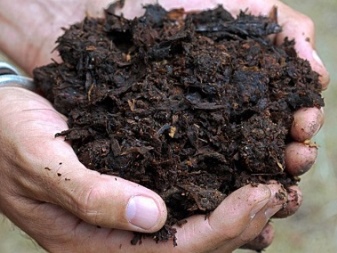
How to plant correctly?
Nectarine can be planted in spring or autumn, some features of the preparation process depend on the choice of the season. When performing work in the fall, prepare the pit a month before the seedling is placed in it. If there is little time left, you can reduce the pit preparation time to two weeks. Humus or compost mixed with the top, fertile soil layer is poured into the bottom of the pit. After buying a good tree, it must be placed on the mound created inside the pit.Thanks to this arrangement of soil and humus, you can easily distribute the roots without damaging them, which will help the culture to quickly acclimatize in a new place. You need to fill up the roots with a fertile mixture, which will give the necessary components to nectarine and will allow you to retain moisture longer due to the lighter structure. It is important to place the seedling so that the grafting site is 5 cm above the soil level. As soon as the entire hole is filled, it is necessary to carefully tamp the earth and water the young tree with 4-5 buckets of water. After watering, the soil will sag and the grafting site will be flush with the soil.
To retain moisture, it is necessary to pour 20-30 cm of dry soil over the watered area. The necessary measures also include mulching the trunk circle with a layer of compost, at least 10 cm high. The process of planting nectarine in spring almost completely repeats the autumn manipulations. A distinctive feature is the autumn preparation of the pit, which manages to infuse well over the winter and is as ready as possible for planting a new culture.
You can buy a tree in the fall and store it at home, providing low humidity and the right temperature, and when stable heat comes, the plant will feel good outdoors.
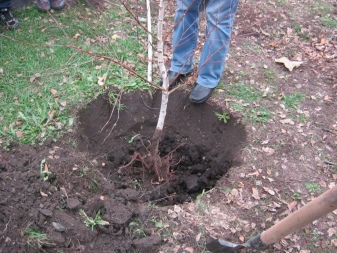
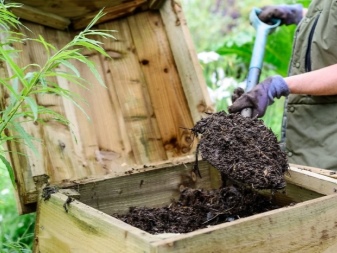
Follow-up care
To grow a good, fruiting and strong nectarine tree, it must be properly cared for. After disembarkation, such a complex of measures is needed.
- Treatment of seedlings from pests with "Karbofos" is carried out during the period of swelling of the buds.
- Application of Bordeaux mixture at the time of foliage appearance.
- Pruning trees by the time of budding.
- Use of chemicals against fungi and pests: "Polycarbacin", "Kuprozan", "Benlat", mixing them with "Fozalon" or "Karbofos". Carried out before and after flowering.
- Carry out rationing of the number of fruits, if there are too many of them, leave one ovary for 15-20 cm of shoot length.
- Summer care consists in timely and abundant watering. The frequency and amount of water depends on the region and the weather.
- Several times during the summer, trees are sprayed against curl with the drug "Delan" or others.
- At the time of active growth of the crop, it is necessary to spray the tree with potash fertilizer.
- A month before the expected harvest, the trees are flooded with abundant water, which increases the size of the nectarine. After that, watering is stopped.
- The next watering is carried out after the harvest.
- In October, spray the tree with Bordeaux liquid.
- In November, remove fallen leaves and water the trees well before wintering.
- Treat the garden with copper sulfate from fungi and "Nitrafen", protecting it from pests that hibernate in the bark of trees.
Correct and timely care is a guarantee of healthy trees, stable and tasty yields for many years.















The comment was sent successfully.